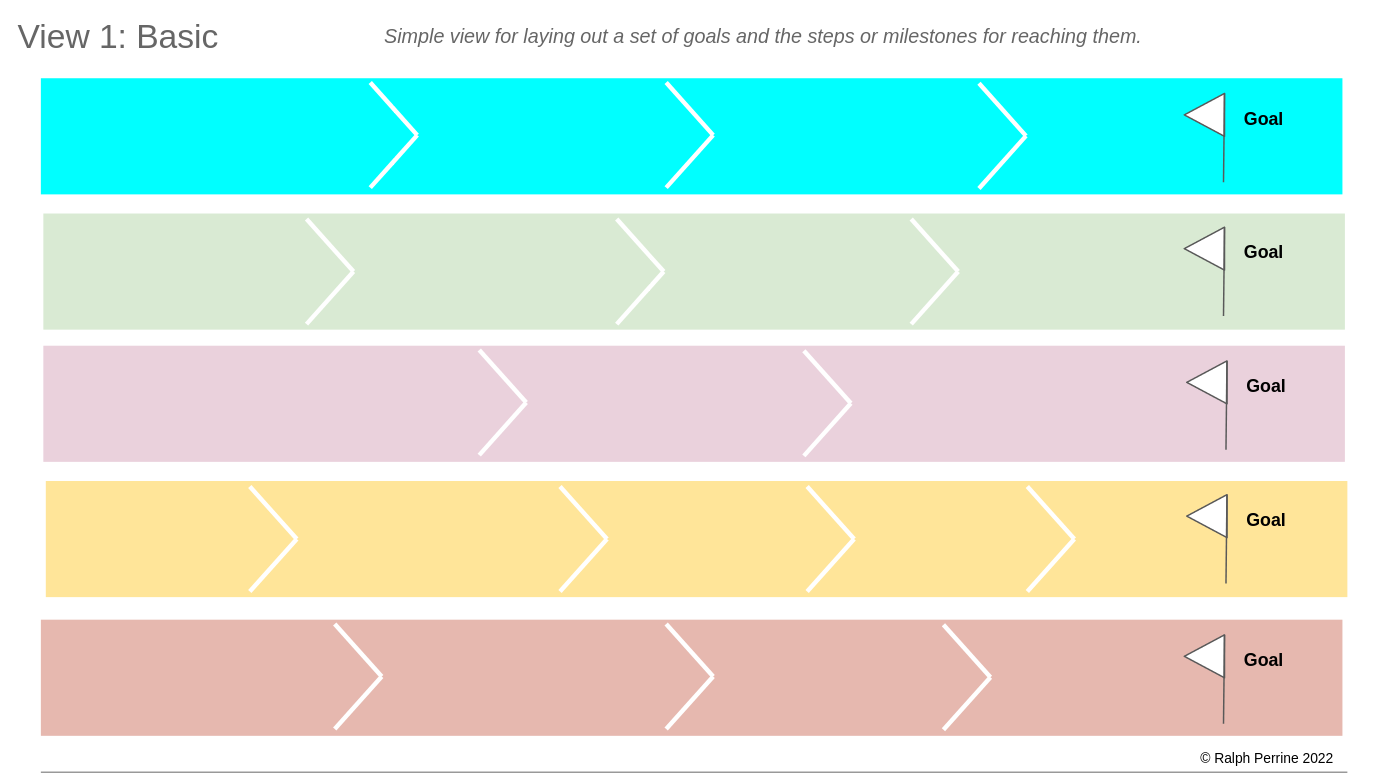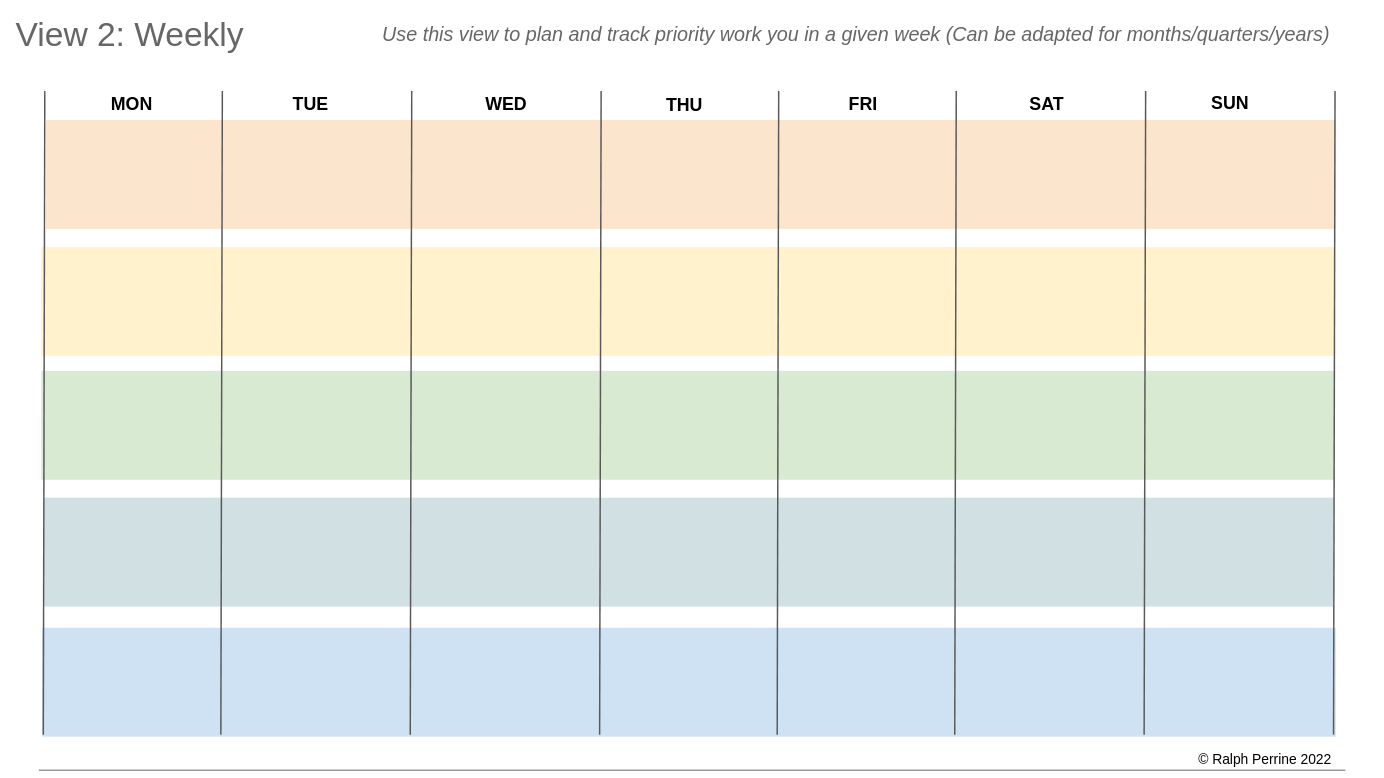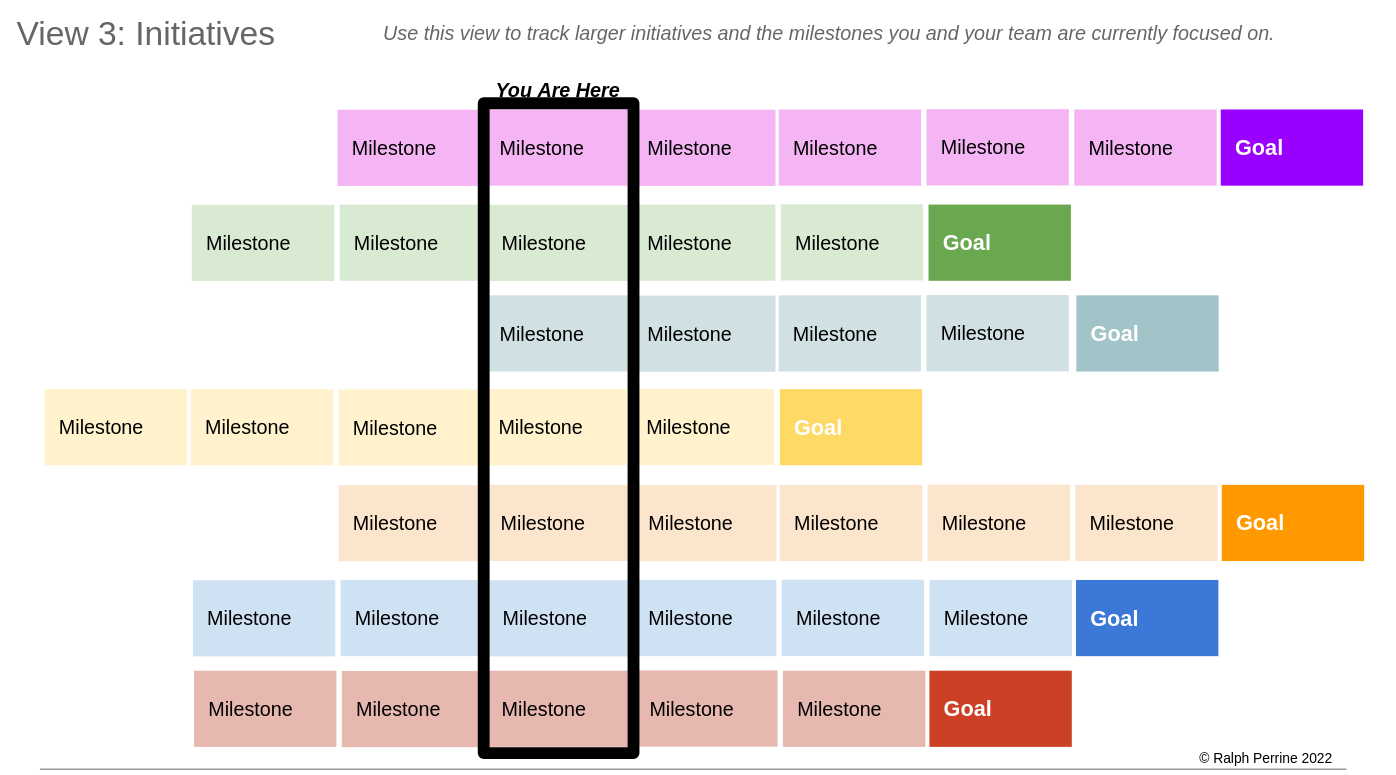S3T May 22 - Layers, PMI, BTC drawdowns, Music partnerships, insect mimicry, urban birding...

This week we have a special Change Leadership segment featuring an approach for driving change more effectively - planning tools and tips that work on personal, corporate or industry levels. In addition we note the ups and downs of crypto and an emerging new indicator some think may predict the price of BTC.
Macro: Web3 and Crypto
Bitcoin Ups and Downs
These Advisors charted the ups and downs of Bitcoin over the past 10 years, specifically the intra-year drawdowns as well as the annual returns. The chart (toward the end of the post) illustrates their point: “While bitcoin certainly draws down, it also disproportionately recovers.” (Reminder: past performance is not an indicator of future results.)
In recent weeks institutional investors bought the dip. (In this read, note also the reference to possible preference of Solana over Ethereum in the most recent investor activity.)
Possible new indicator: Some are starting to track and predict Bitcoin prices in relation to the PMI - the Purchasing Managers Index. This long running index is a reliable indicator of whether the economy is expanding or contracting based on surveys of purchasing managers. A PMI above 50 indicates economic expansion while a PMI below 50 indicates economic contraction. The current PMI is 55.40 as shown at the link below. The charts at this link also show a persistent decrease in PMI over the past months. If this continues, some think it could impact BTC price negatively.
Music and a Web3
Make that 2 for Algorand: the Layer 1 blockchain seen by some as a competitor to Ethereum, Solana and others has now attracted a 2nd major music partnership. Recently news broke about a Napster partnership, now Limewire is joining the party. Go here for context on how web3 is starting to impact the music industry.

Nature Notes
Learning from Insects
Scientists have identified the First-known example of mammal-insect mimicry: the mouse-eared bats produce sounds similar to wasps when captured in an effort to scare predators.
Urban Birding
How many species do you think are in NY City? This team found 106 in 24 hours on May 14, 2022. May 14 was the Big Day 2022 - an annual birding event sponsored by Cornell University. Here is the full list as well as the interactive map showing where the sightings were made.
Final Note
Thank you again for reading and sharing S3T! Feel free to forward this to a friend and continue the conversation on the S3T Discord, Twitter or LinkedIn. Hope you enjoy this week's special longer Change Leadership feature below!
Ralph
Opinions mine. Not financial advice. I may hold assets discussed.
Special S3T 4Success Feature: Layers - a better way to plan and execute

Layers - An Approach for Driving Change More Effectively
Change leaders have to juggle multiple challenges, maintaining current responsibilities and processes, while designing, building and driving adoption of next generation capabilities.
Whether you are driving change in your own life or in a company or industry, you want to move toward your goals as quickly as possible. This segment digs into how to manage your focus for best traction and momentum.
The problem
We’ve been taught to think in terms of focus vs. multitasking. Focusing is good. Multitasking is bad. Focus and get stuff done. Learn to say no.
So goes the gospel of productivity in the 21st-century.
Most change leaders struggle with this because the duality of multitasking vs. focus doesn’t realistically describe the world they have to work in.
We imagine there must be these lucky beings somewhere leading change from within some resplendently serene bubble of focus. Clearly that's not us. So we must be failing.
Why we need to rethink Focus vs Multitasking
Yes, you're supposed to be in control of your choices and how you spend your time.
But there are a few pesky little problems:
- The path to meaningful change is not laid out for you in a nice little Lego builders instruction book where success is guaranteed if you just follow the directions.
- You often don't actually know the exact next steps at any given point. There might be three or four possible next steps. You’re trying different things and gathering information to hopefully help you figure that out.
- Meanwhile, life is happening not just to you, but also to your family, your customers, your boss, your friends and even your pets.
These factors cumulatively drive all kinds of unforeseen new tasks and challenges. Some are legitimate unavoidable necessities. Some of them are risk aversion and resistance to change: delay tactics disguised as due diligence.
There's something else: we tend to think of focus as this perfect bubble where there is 1 thing and ONLY 1 thing for me to get lost in. And I don't have to think about anything thing else in the universe. An extremely rare circumstance :).
Focus is absolutely the right answer when you have:
- a clear task or path forward,
- a knowledgeable reliable person or team to do the task,
- an uninterrupted block of time in which you can do the task.
These 3 ingredients are often missing from the scenarios you face when you are moving toward your goals! You being focused is not a magic silver bullet that solves every situation.
So, if you’re hoping there's something better than chasing unrealistic ideals and feeling ashamed for not attaining them, you're in luck.
Introducing Layers
Instead of seeing life as a futile quest for focus time, I have learned that its better to think of life (and the work that you have in your life) as a set of layers.
Think about the different kinds of goals most of us have:
- Personal learning and development goals
- Family goals
- Financial goals
- Work related initiatives
- Personal or community projects
Layers allows you to embrace the fact that your life has more than 1 thing going on in it.
But it also helps you not to lose track of the multiple goals you have, and where you are in progressing each of them.
With Layers, you think of your projects or goals as, well, a stack of layers. You can put the more important ones at the top. In your work, you move between these layers as you need to. You move as far as you can in one layer then drop to the next layer.

Be like a fish
The "layers" approach has a simple analogy in nature: fish in a lake or ocean move up and down through layers in a body of water (called thermoclines) as temperature, oxygen and feeding conditions dictate.
If the temperature is cool they may move to the surface to feed. During bright hot parts of the day they move to cooler depths.
To me, there's something very settling or grounding about this analogy. The work, the endeavors of your life - these are your waters. Your ocean. Think of yourself as a fish moving through the water in a lake.
You are going to move through the layers of your work and you'll be in the right place at the right time.

Putting the Layers Approach to Work
Start by spending some time thinking about your goals and writing them down using the Layers diagram. Whether they are work related or personal goals, put them all down so you can see them all in one view.
- Write down each of your goals on the right side of the page.
- Place your more important must-do goals closer to the top and your more optional goals closer to the bottom.
- Work backwards from each goal, and write out the sequence of steps and milestones that get you to each goal.
- Write the date or timeframe when you want to achieve each goal if you know them.
Once you have your goals documented in the layers chart, you can start learning how to use this approach.
Sometimes you are in one layer, but then need to quickly shift to another. For example you may be working on a deliverable that you need to give to a stakeholder by a certain time. Suddenly you're interrupted by a team member with an urgent issue. You realize you have a goal of helping your team thrive and develop and this is an opportunity to pivot to that goal. See what’s going on and how you can help.
Its a different way of thinking about moving forward amid the natural events of life.
Keep in mind you can use Layers at different timescales. Below is a Layers chart, arranged in a weekly layout. Further down is another example for larger initiatives that may not all complete at the same time.

Tactics for increasing your Success
Spend time each day or at least each week looking at, and if necessary tweaking your Layers chart. This keeps you mindful of your goals. Your mind will look for ways to advance and build momentum toward your goals.
Show people your layers chart. This gets other people engaged. I have found that people will help you in completely unforeseen ways and open amazing doors of opportunity if you just let them know what you're trying to achieve.
Learn how to think constructively about your progress. Consider the difference between these kinds of self talk:
"I'm such an idiot, I can't stay focused!" vs. "I'm learning how to make progress toward my goals even when life is chaotic."
"Geez I ALWAYS get interrupted, can't do nothing!" vs. "I pivot when there is an unforeseen opportunity to progress one of my other goals."
Be especially alert for pessimistic thoughts that cause you to hesitate on key tasks that move you closer to your goal: "Oh they'll just find some excuse not to make a decision" vs. "I'm going to prepare a clear decision request and present it as soon as possible." Sometimes what slows us down is not others - its us! The thoughts we hold about a situation influence our actions, the timing and quality of our actions, and the ultimate impact that our actions have.
Here is a third way the Layer's chart can be used - this one is suited for showing larger initiatives and outcomes.

Feel free to draw or copy the figures shown here. Subscribing members have access to planner templates they can use to create, edit and share their own Layer planners.

